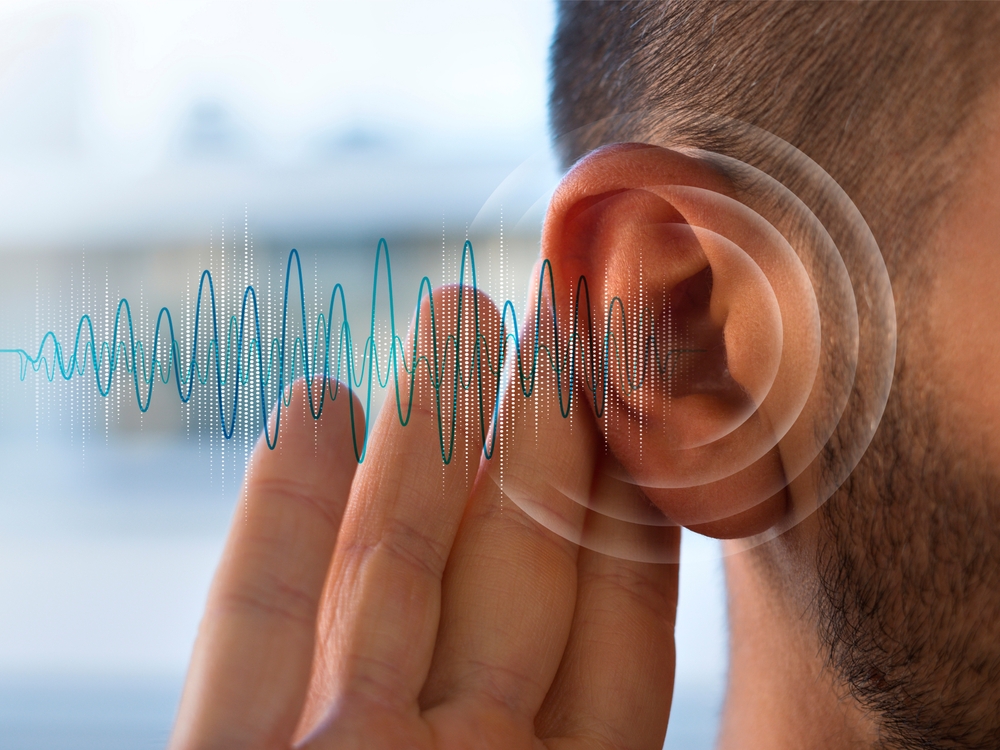
In the hustle and bustle of everyday life, our ears frequently bear the brunt of neglect and inadvertent harm. From the allure of ear candling to the seemingly harmless act of using cotton swabs, our auditory health can suffer from these common yet hazardous practices. What follows are a few practices you can use to help safeguard the health of your hearing.
Bid farewell to ear candling
Despite the utter lack of scientific merit, the ancient practice of trying to eliminate earwax has recently achieved some popularity. The process involves inserting a hollow candle into the ear canal and lighting the opposite end, with the notion that a vacuum is created, pulling out impurities. This practice, however, has been proven in several studies to not only be ineffective, but also extremely risky.
Not only does ear candling fail to eliminate earwax efficiently, but it also poses considerable risks. The application of heat near the delicate structures of the ear can result in burns, perforated eardrums, and even aggravate existing problems. Normally, if you notice any wax after ear candling, it will be from the candle itself rather than your ears.
In light of these findings, medical experts always warn against the use of ear candling. There are safer ways to clean your ears than cotton swabs and the FDA and the Academy of Otolaryngology (AAO) warn against using them.
No more cotton swabs
It’s true that lots of individuals turn to these apparently harmless tools to clean earwax out of their ears. However, contrary to public opinion, inserting cotton swabs into the ear canal presents more risks than advantages. Instead of effectively eliminating earwax, swabs can inadvertently jam wax deeper into the ear canal, resulting in impaction and possible injury.
The eardrum is delicate and objects like cotton swabs can cause substantial damage. Injuries, such as perforations or abrasions can occur, resulting in pain, infection, and hearing loss. It would be better to seek professional help if necessary or otherwise depend on your ear’s self-cleaning ability instead of putting any object in the ear.
Mind the volume: safeguard against loud noise
In an increasingly noisy world, our ears are constantly bombarded by sounds of differing intensities. Exposure to loud noise is unavoidable, from attending sporting events and concerts to strolling down noisy city streets to mowing your lawn. Nonetheless, prolonged or excessive exposure can have harmful effects on auditory health, leading to noise-induced hearing loss or tinnitus.
It’s essential to use ear protection and, if possible, avoid overly loud settings in order to avoid damage. Whenever you can’t steer clear of really loud noise, protection such as earplugs and earmuffs should be used.
Also, take frequent breaks and moderate the volume when you’re utilizing personal listening devices like headphones and earpods.
If you observe any symptoms, act promptly
Taking quick action when your ears begin to tell you that you’re starting to experience some level of hearing loss is critical to protect your ears from harm. Despite the availability of advanced treatments, such as hearing aids, holding off on intervention can worsen hearing loss and complicate management.
It is crucial to identify common signs of hearing loss, such as difficulty understanding speech, ringing or buzzing in the ears (tinnitus), or a feeling of fullness or pressure in the ears. Schedule an appointment with us as soon as possible if you encounter any of these symptoms. Early detection and intervention can substantially improve outcomes and improve your quality of life.
Your ability to successfully navigate the landscape of your life is dependent on you keeping your hearing as healthy as you can. By embracing these four practices, avoiding ear candling and cotton swabs, protecting against loud noise, and understanding early warning signs, we can maintain our precious sense of hearing and enjoy the symphony of sounds that enrich our existence.
Call us today for an evaluation if you are suffering from ear damage or hearing loss.